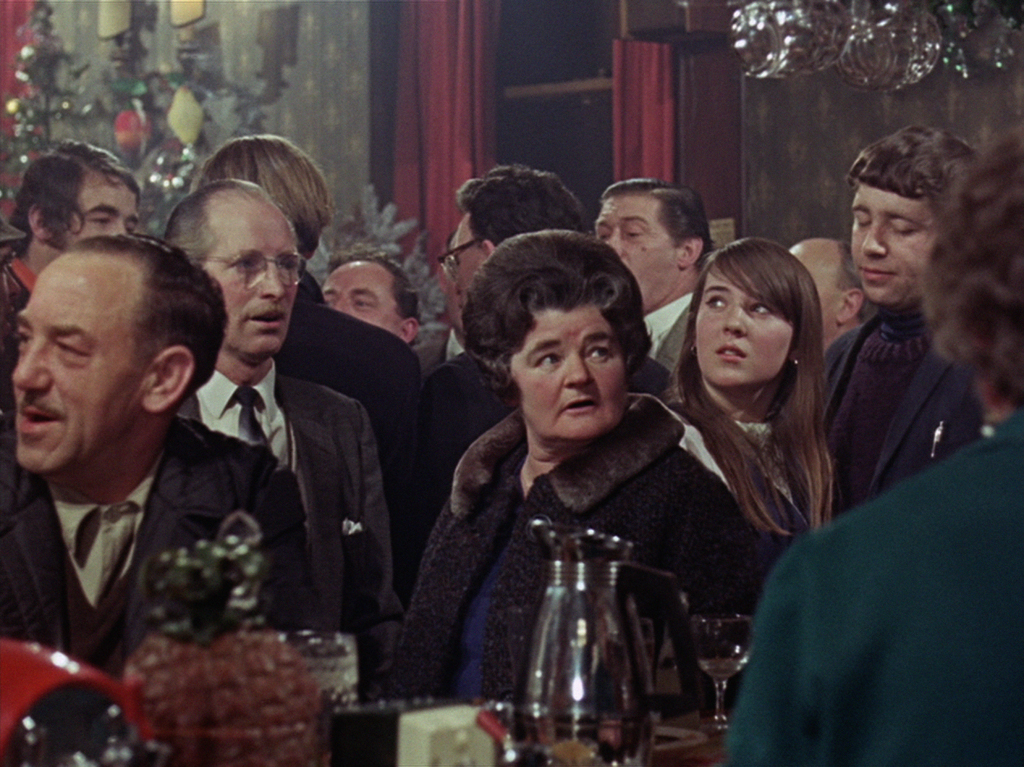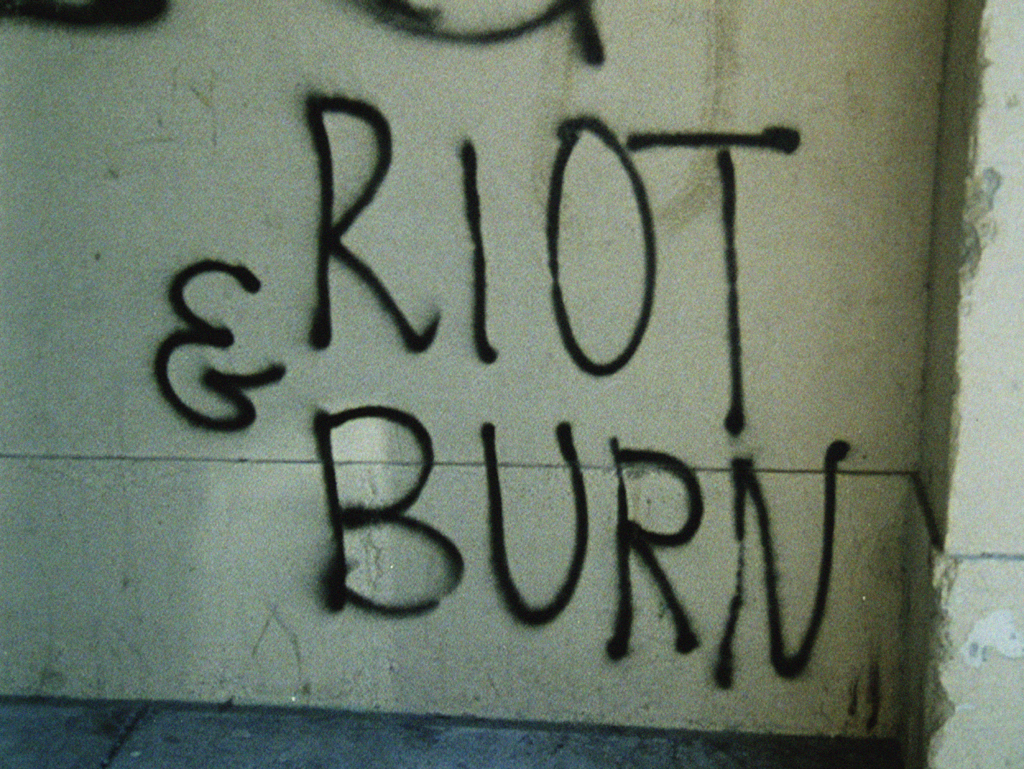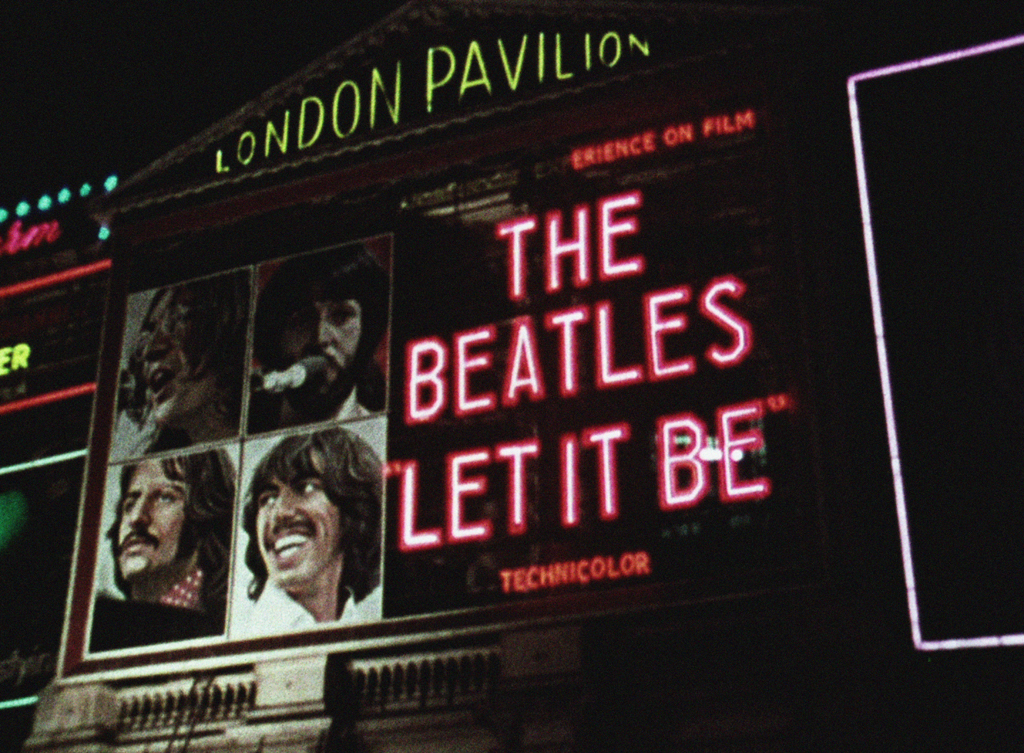How We Used to Live – can you spot the London you know?
Cranes on the skyline, MP scandals, a post-work pint. London in the 1960s? Or 2014? Channel 4 News gets confused by Paul Kelly’s latest film, How We Used to Live.
Take a bus ride through London in 2014 and you can’t avoid the building sites; the tottering cranes, gaping holes and gap-toothed streets awaiting gleaming new dentures. It feels like a forever changing time-lapse video. But was it always this way?
Paul Kelly’s How We Used to Live revisits bygone decades in Britain’s capital, using archive colour footage from the 1950s to the 1980s. Tonight (12 June) it will close out Sheffield Doc/Fest with a live soundtrack from Saint Etienne.
“We would build towers, no less,” narrator Ian McShane tells us, as South Bank concrete slabs flash by, “in our plastic macs, even the rain seemed modern”.
A glimpse of a steeple is at first the Shard. The hipsters dress the same.
Taken from the BFI National Archive, the film covers the “New Elizabethan” age from the optimism of the post-war period to the dawn of Thatcherism.
Conversations about Britain’s near-past have dwelled heavily on the negative (Yewtree, injustice, greed) in recent years. This film shows us modern life was not always rubbish.
Much has disappeared since this footage was captured – City men in bowler hats, “British pride in the railways”, smoking in pubs.
But much else is reassuringly familiar – Skateboarders by the river, a branch of KFC, anger at MPs’ pay. Can you spot the London you know?

We looked smarter down the pub, despite the smoke. (Heavenly Films, Bedlam Productions, BFI National Archive)

We’ve been predicting riots for decades. (Heavenly Films, Bedlam Productions, BFI National Archive)

Have we ever stopped talking about The Beatles? (Heavenly Films, Bedlam Productions, BFI National Archive)

When aerial views of London didn’t cost £25. (Heavenly Films, Bedlam Productions, BFI National Archive)